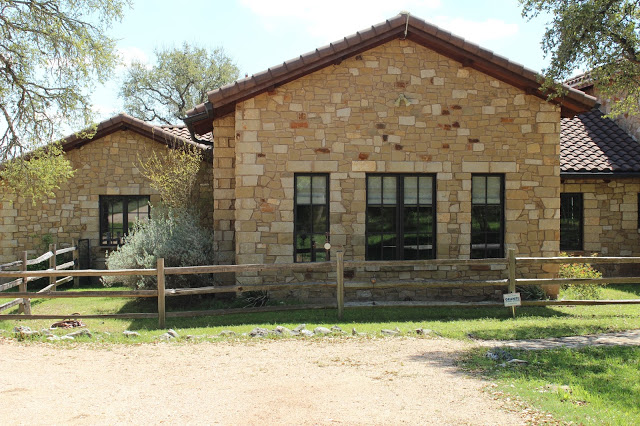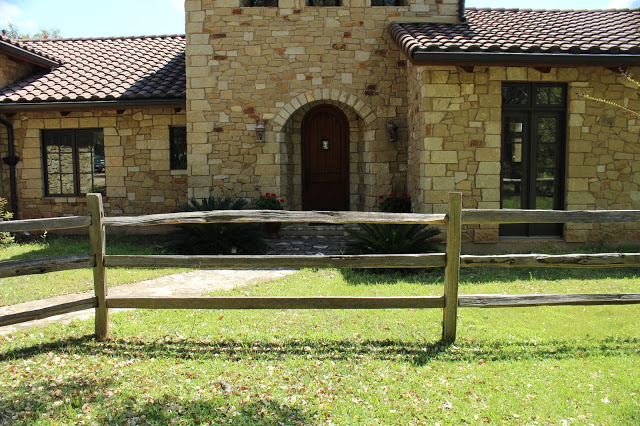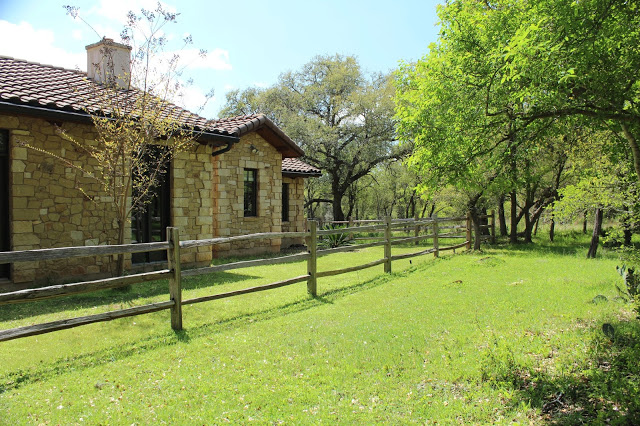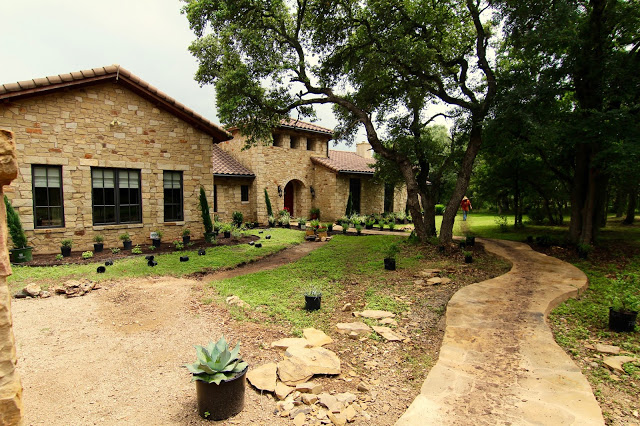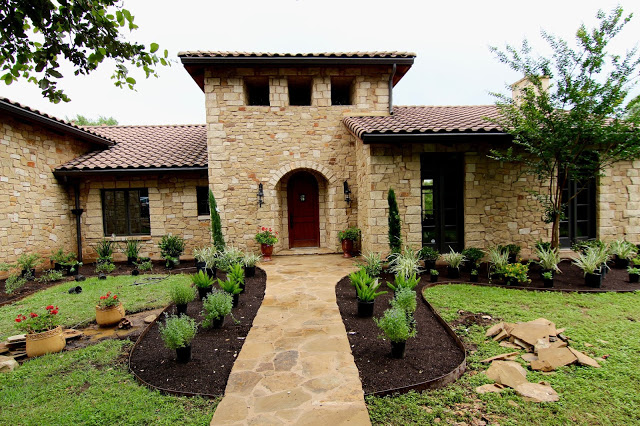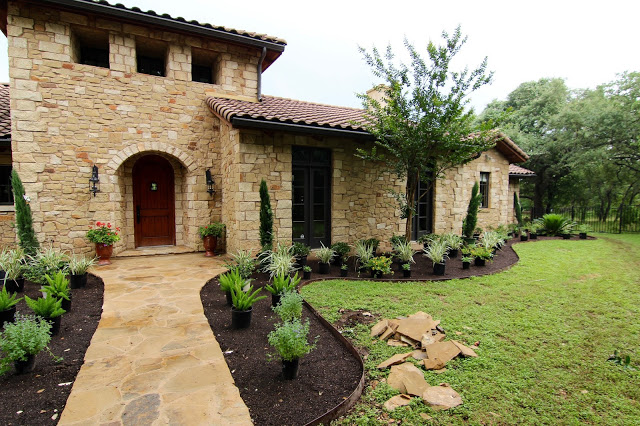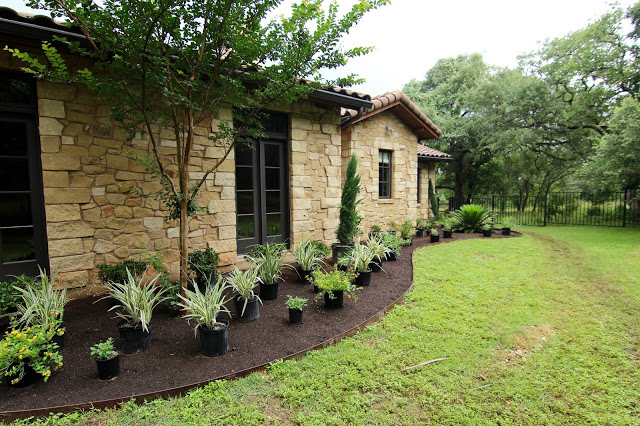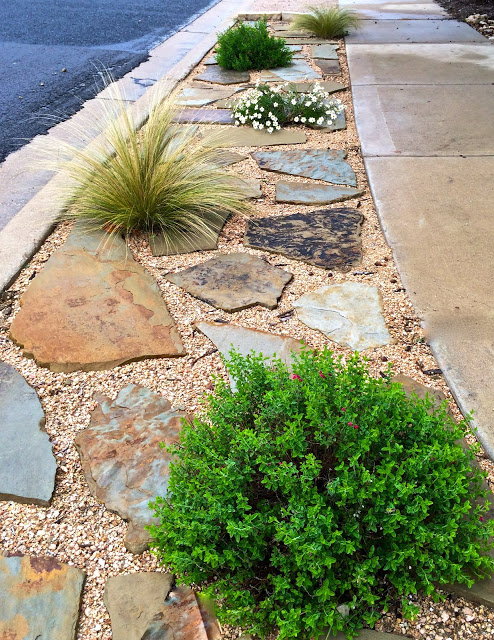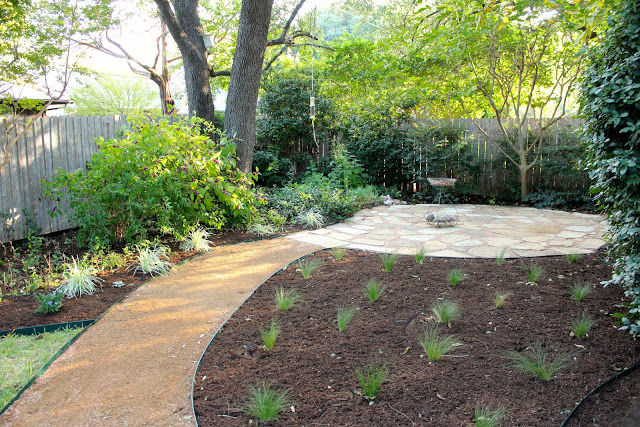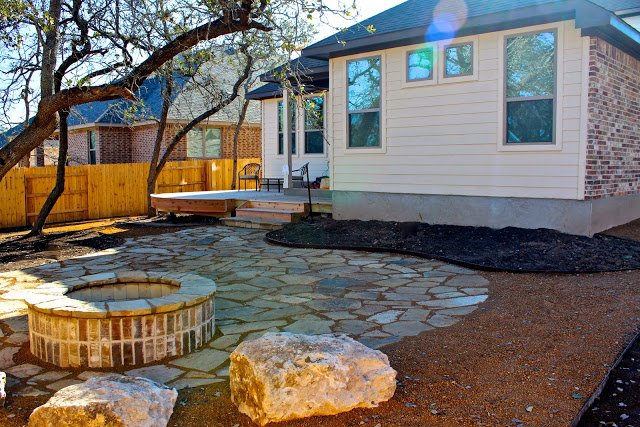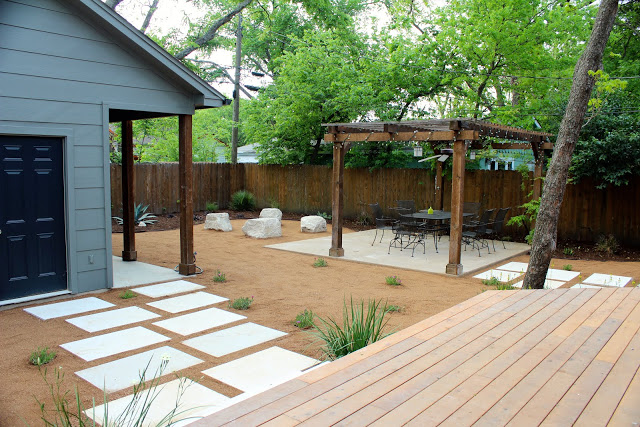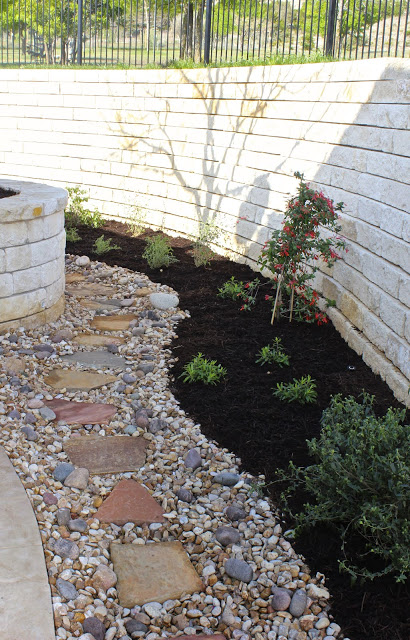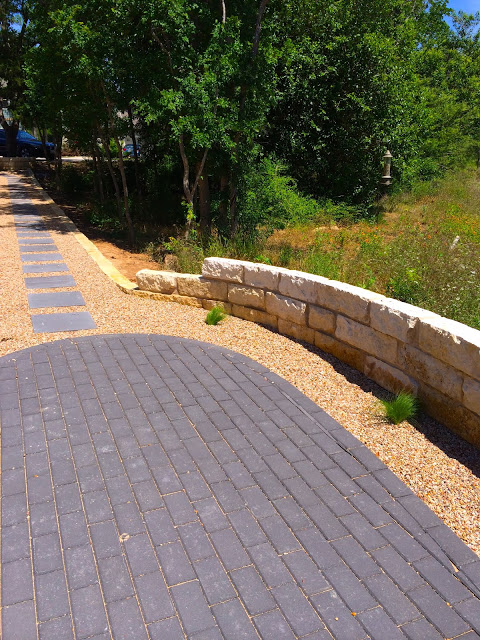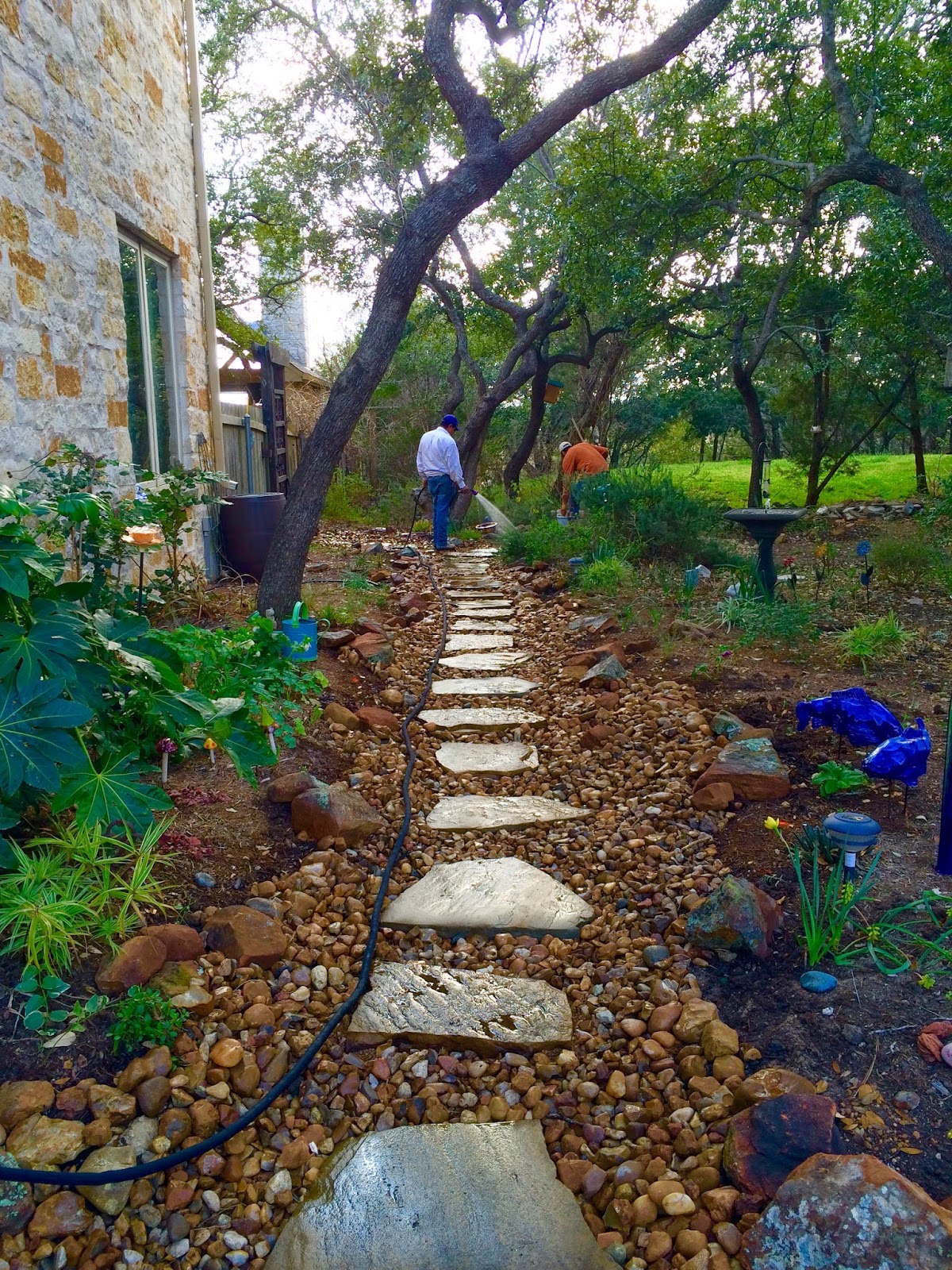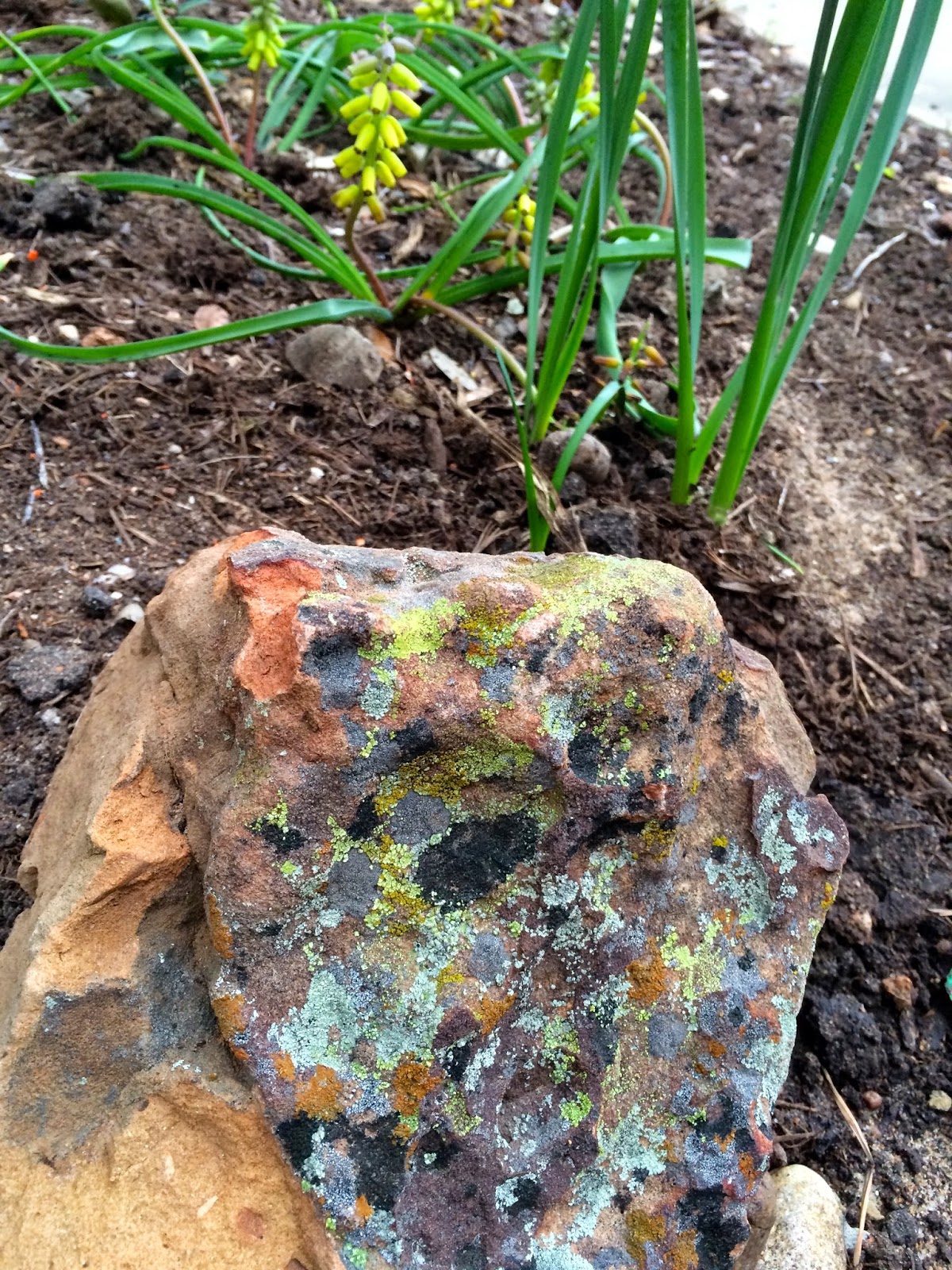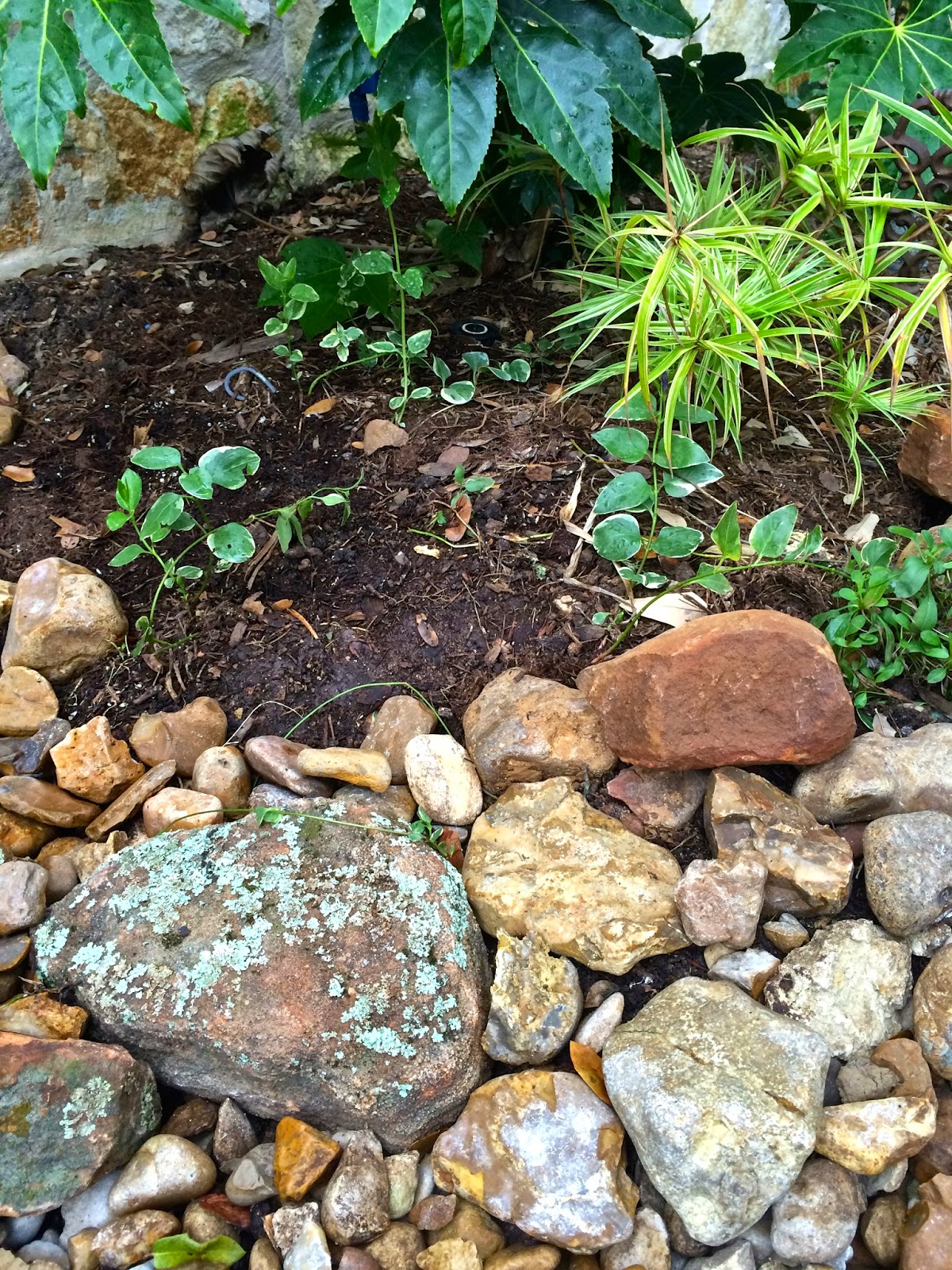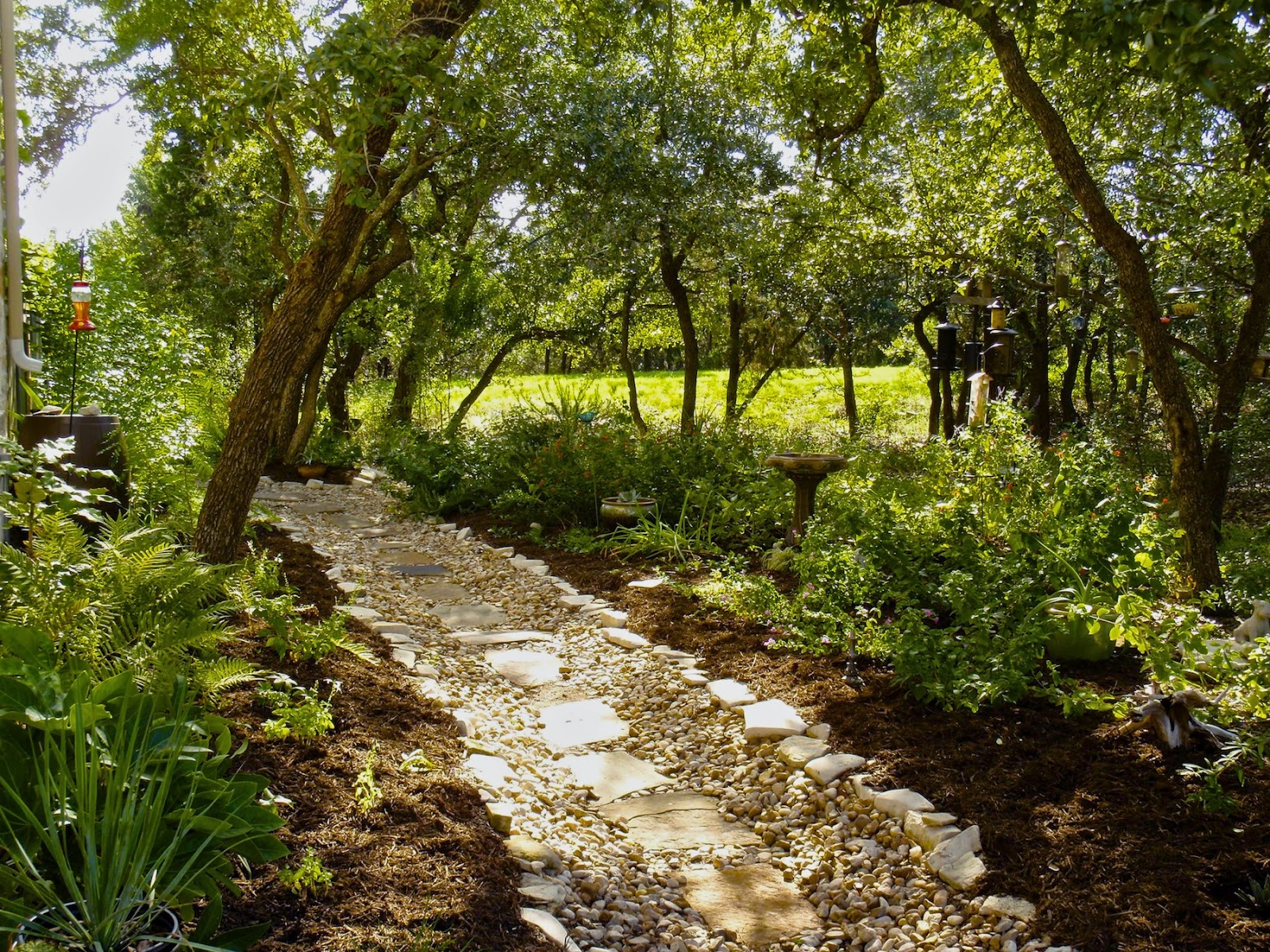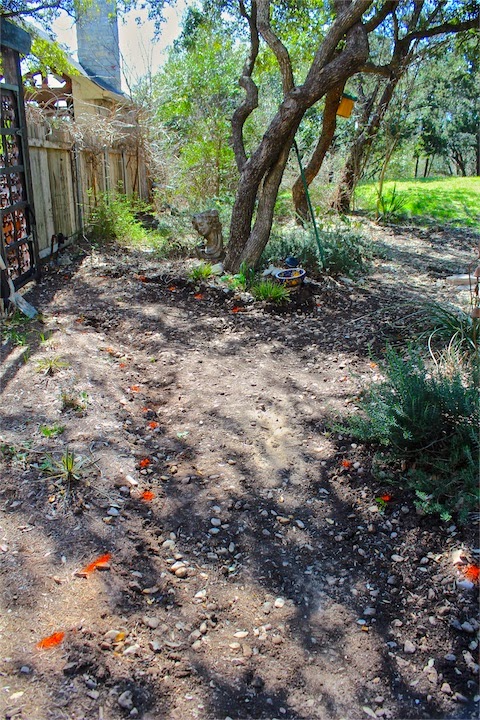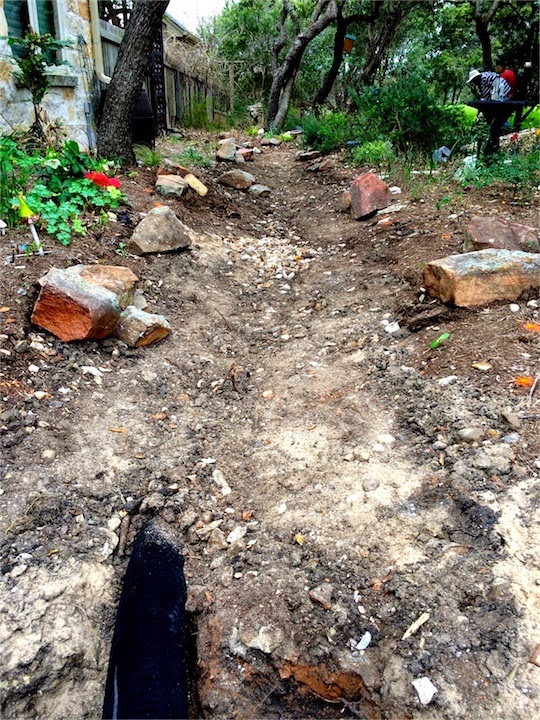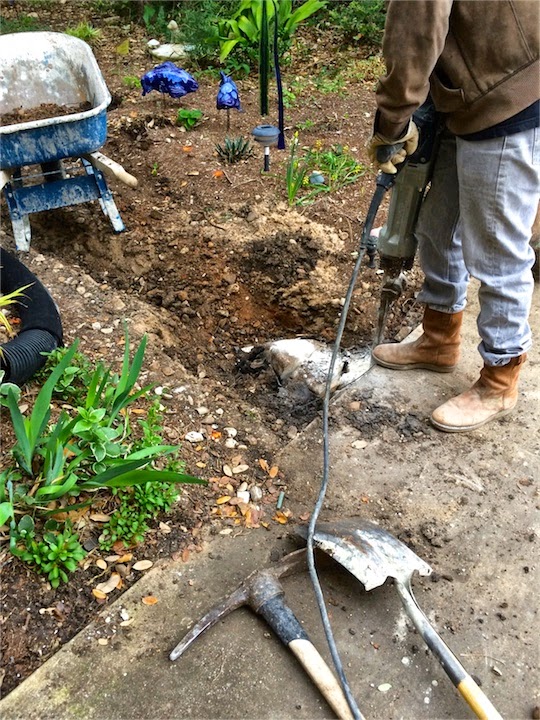Tuscan transformation…
It’s really quite an honor when a former landscaping client calls us back to design again at a new home. Several clients have entrusted us with repeat projects, including our current installation.
Located on a large ranch in the Hill Country, this Tuscan farmhouse begged for a fresh landscape to match the grandeur of this beautiful home.
I was first struck by the way the existing split rail fence seemed to detract from the view of the home. The entrance to the front door came in from a tight, side angle, the existing path gray and worn limestone. As I walked the front of the property, inside and outside the fence, the existing beds appeared tiny and out of scale. I realized that the front of the home, with it’s fairytale front door, roofline and window detail was lost to visitors coming up the walk from the side so close to the house.
As I explored further back, two large oaks caught my eye and I envisioned a new entrance, winding through the oaks and arriving at the front door straight on, giving guests an opportunity to experience the stateliness of the home.
With the cornerstone of the design determined, the rest of the plan fell into place.
We moved the new fence back a full 40 feet from the house, tore up the existing path and front stoop and build a mortared Oklahoma flagstone path that meandered from the driveway to the entrance. New, deeper beds enveloped the front of the home on both sides, anchored by a series of ‘tiny tower’ cypress trees and traditional xeric, Mediterranean-style native and adapted plants.
You can see where the old stone path came out and the new, albeit muddy, flagstone path meandering through the trees.
Having redesigned a landscape with these clients before, I knew their taste well, so choosing plants they would love was easy. We did leave the existing mature Crape Myrtle in the new landscape. The beds include a mix of rich red Salvia Greggii and Texas Betonies along with Zexmenia, Jerusalem sage, dwarf Greek Myrtles, ‘sandankwa’ Viburnum, Foxtail ferns, Dianella, Catmint, ‘new gold’ and variegated gold Lantana, ‘soft caress’ Mahonia, yellow shrimp plant and an existing Sago palm. The blend of texture and form gives the design a lush feel with many traditional Texas plants.
The project is ongoing – we’ve moved onto the back of the property now, building stone beds around the pool and creating a rose garden. More photos to come as we progress, though it may take a while with rain forecast for the next 7 days.

